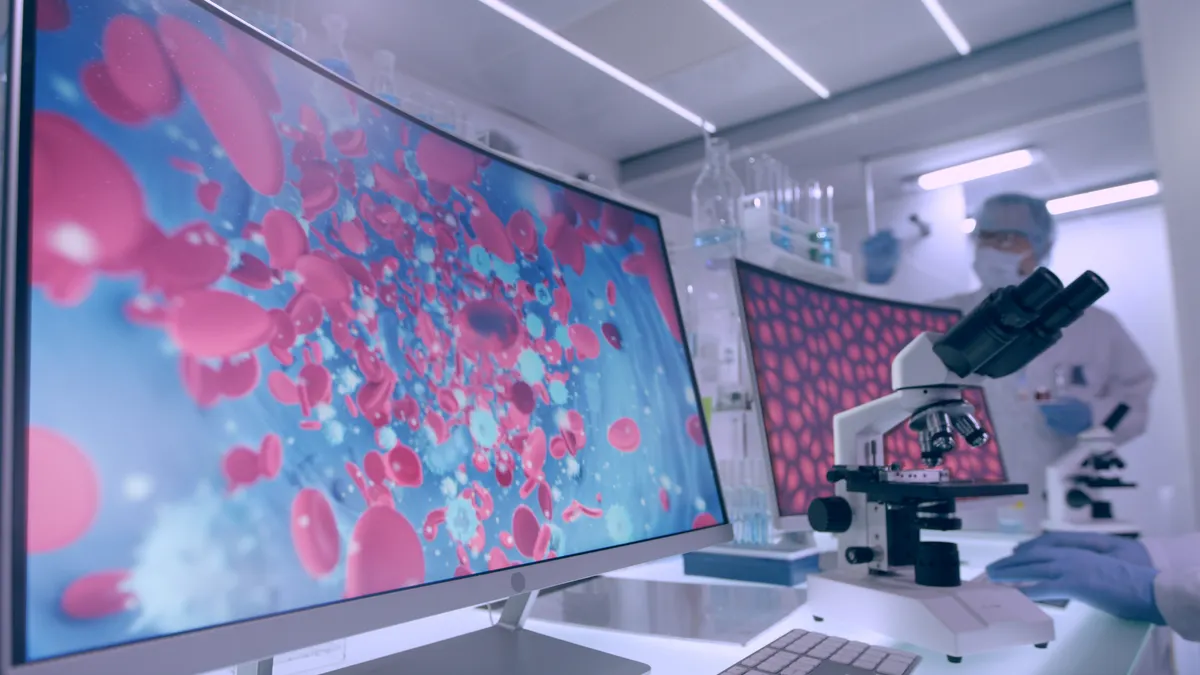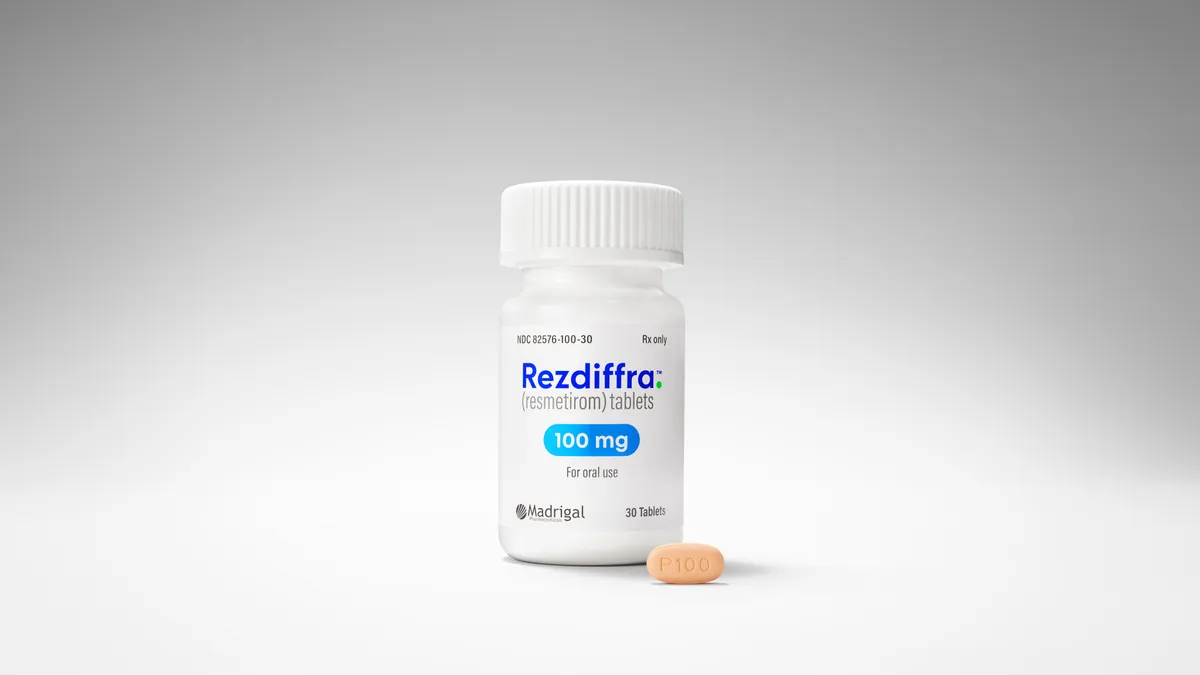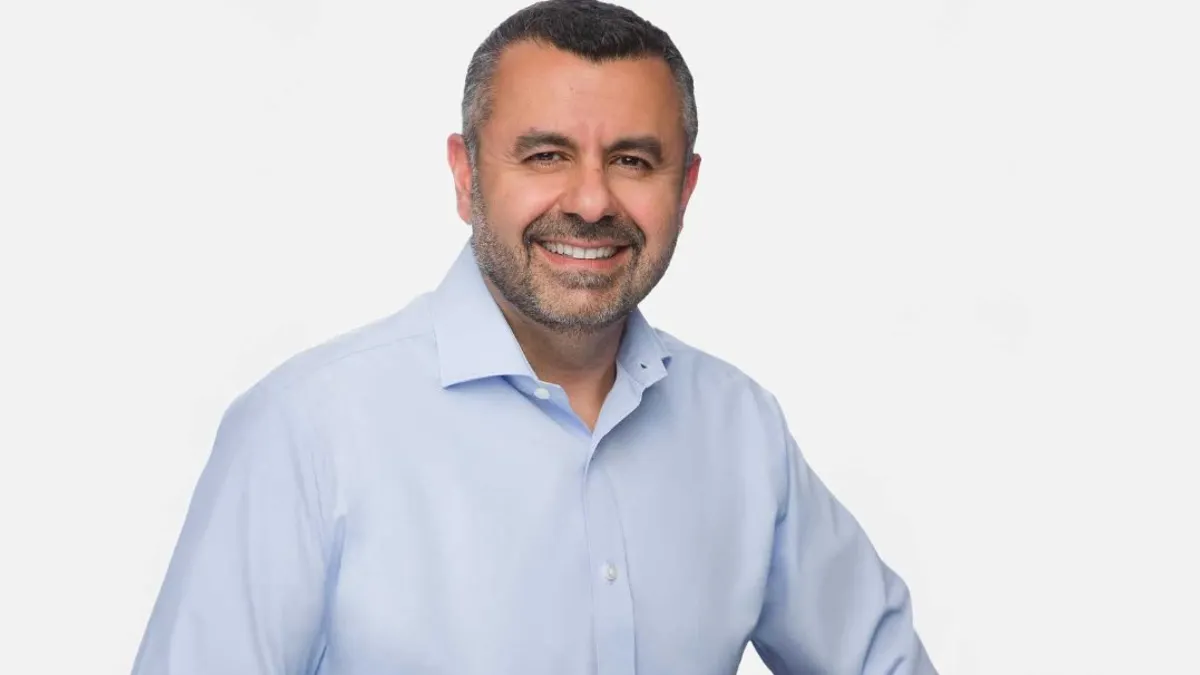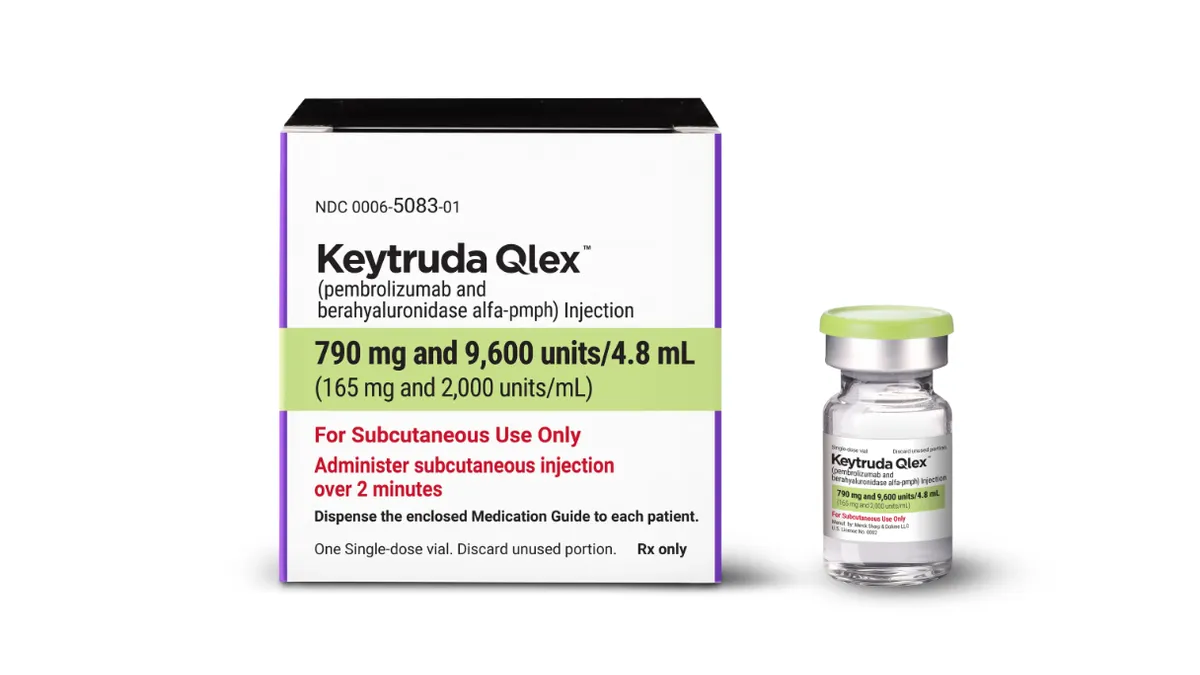When he was working for Bayer, Dr. Rafiq Hasan visited a patient who was being treated with the ophthalmology drug Eylea. His doctors were measuring the drug’s efficacy in all the usual data-driven ways, but this patient had recently experienced something that was more important than data points —at least to him. On the ride home after receiving his eye injection, he could suddenly see in detail the leaves on the trees.
“You just think, ‘Wow, what an impact that has.’ And that brings it to life,” Hasan said.
As a trained physician and longtime pharmaceutical industry executive, Hasan knows the importance of data and complex science. It forms the basis of drug development and is critical to the work that’s done in pharma and biopharma industries. But sometimes, it’s not the data that makes the biggest impact or leaves the most memorable impression. It’s the stories.

Hasan is CEO of Complement Therapeutics, a London-based preclinical biotech company that was spun out of the University of Manchester. It’s developing treatments for conditions that are mediated by the complement system, a part of the body’s innate immune system. A dysregulated complement system can be a driver in diseases like age-related macular degeneration (AMD), kidney disease and several hematological conditions. Its lead candidate, CTx001, aims to treat geographic atrophy, a kind of late-stage dry AMD which causes irreversible blindness and currently has no approved treatments.
However, since a dysregulated complement system isn’t always implicated in conditions like geographic atrophy, the company has also developed what it calls the Complement Precision Medicine (CPM) platform, which measures complement proteins and helps identify which patients will benefit from medicines that treat diseases stemming from a dysregulated complement system.
The company just enrolled its first patient in a yearlong natural history study of people who have been diagnosed with geographic atrophy (GA). Dubbed the i-GAIN (investigating Geographic Atrophy Insights) study, it will identify and stratify patients with complement-driven AMD/GA for future interventional studies.
“In geographic atrophy we know complement is clearly one driver of disease, but there are others as well,” Hasan said. “That's why selecting patients for studies is so important. If it's not (a) complement-driven disease, you can give every complement modulator you can think of and it won't work.”
Complement aims to enter the clinic with CTx001 by mid-2024 with patients who were identified during the i-GAIN study.
“I think if you identify the right patients for interventional studies … there's a great opportunity to do something meaningful,” Hasan said.
A growing market
Although there are no approved treatments for geographic atrophy, two competitors have candidates under review by the FDA, including pegcetacoplan from Apellis Pharmaceuticals and avacincaptad pegol from Iveric Bio, both of which require frequent intravitreal injections. Hasan said these drugs are exciting for the patient population and the companies working in the space.
“With potential approvals coming, I think that will drive a lot of interest and excitement as well,” he said. “I think the fact that we're on the verge of seeing approvals is great for patients, but I think (it’s) important for the whole community that it also recognizes that modulating (the) complement is an important approach to treatment.”
"If you identify the right patients for interventional studies … there's a great opportunity to do something meaningful."

Rafiq Hasan
CEO, Complement Therapeutics
Hasan understands that excitement first-hand. As senior vice president and global head of ophthalmology at Bayer, he grew the business of its blockbuster Eylea from launch to over $2.5 billion in sales in five years, including its approval in five indications over three years.
“Commercially we've seen the success of drugs like Eylea over the last decade,” he said. “We could be on the cusp of something similar with geographic atrophy, and I think that's what's attracted investors as well.”
In fact, Hasan said Complement Therapeutics is “coming close” to closing its series A funding and likely will announce it soon.
A focus on storytelling
Although the geographic atrophy market is far from crowded, it will still be important for newly approved treatments to have differentiating factors, and that’s where the marriage of science and storytelling come into play for Hasan and Complement. While the complement system — and the science surrounding it — is wildly complicated, the messaging to physicians, patients and investors around potential treatments doesn’t have to be.
“Often we think, especially in pharmaceuticals and in medicine, that we need complex science to articulate a certain message,” he said. “Actually, some of the most successful approaches have just been very, very simple.”
He is often reminded of the example of the patient being able to make out the leaves on the trees, and believes it’s important to figure out what matters most to end-users. With Eylea for instance, he said clinicians talked the most about its flexible dosing schedule.
“The key differentiator was this ability to extend the dosing interval to eight weeks,” which was important for patients who might not stick with monthly eye injections, Hasan said.
Taking a simple approach to communicating complex science is a key strategy for Hasan when it comes to CTx001 as well.
“Often we think, especially in pharmaceuticals and in medicine, that we need complex science to articulate a certain message. Actually, some of the most successful approaches have just been very, very simple.”

Rafiq Hasan
CEO, Complement Therapeutics
Instead of frequent eye injections, like other in-development geographic atrophy treatments, CTx001 takes a gene therapy approach with the potential for a one-time administration. Although eye injections often have great outcomes in the clinic, they tend to suffer in the real world because of challenges associated with the frequency of administration. Not only is there the discomfort of a needle in the eye, Hasan pointed out that: “It’s not just once. You have to go back every month.”
“The burden on patients to come every month to the clinic has a huge impact on their lives,” as well as the lives of their caregivers, he said. “You get that durable effect over a number of years. We can have that potential of just a single administration.”
At the end of the day, the science needs to be strong, but so does the storytelling of the science to make it feel relevant to patients. For Complement, the story will be in the patient burden and simple numbers: GA affects nearly one million people in the U.S. and five million people worldwide. There are no current treatments, and the ones that are close to approval require frequent eye injections, rather than a one-time gene therapy treatment.
“What we do is communicate,” he said. “We have science but (the) science in itself won't communicate itself.”
Editor’s note: Learn more about the ophthalmology market at PharmaVoice’s live event: The Future of Ophthalmology on Wednesday, March 8 at 1p.m. ET. Register here.



















